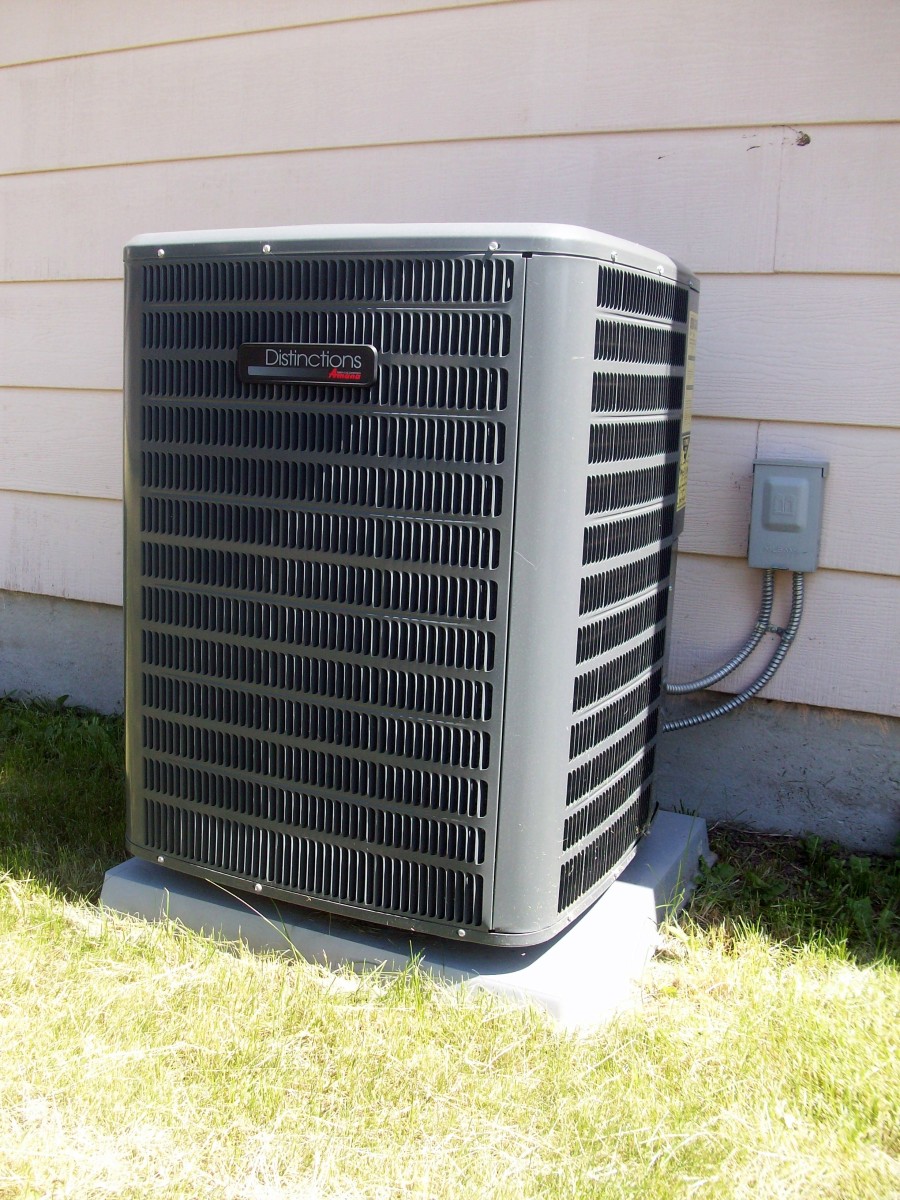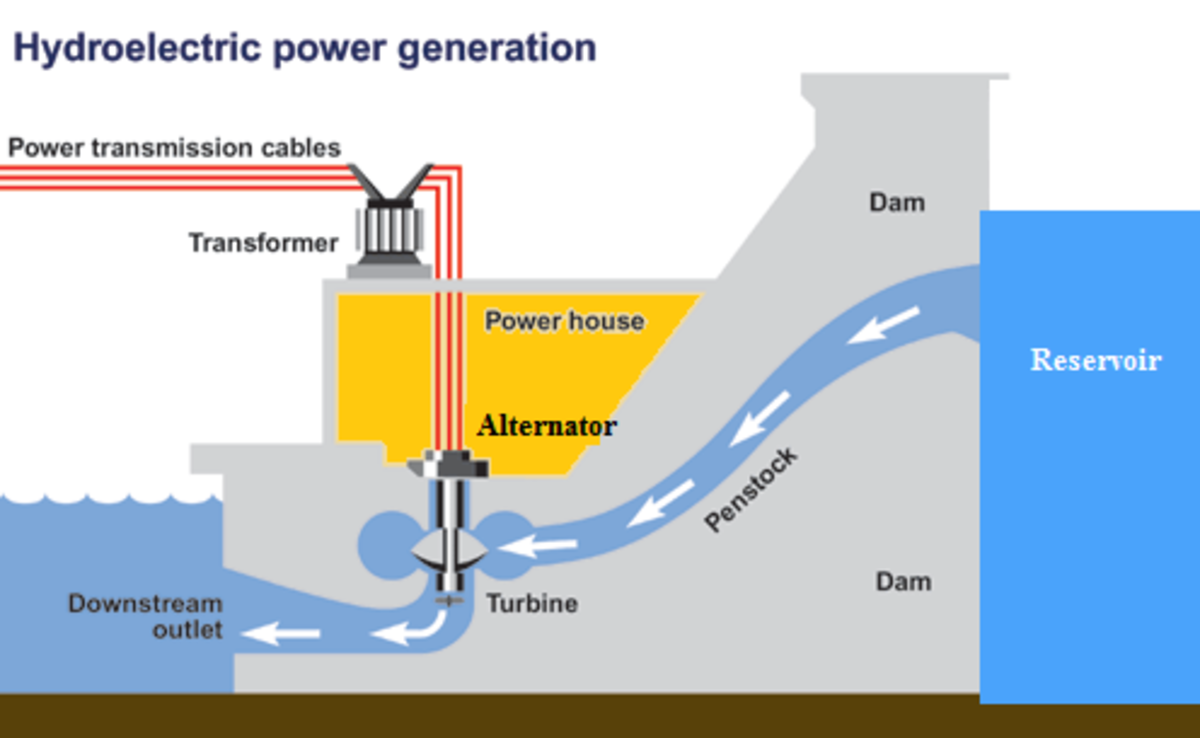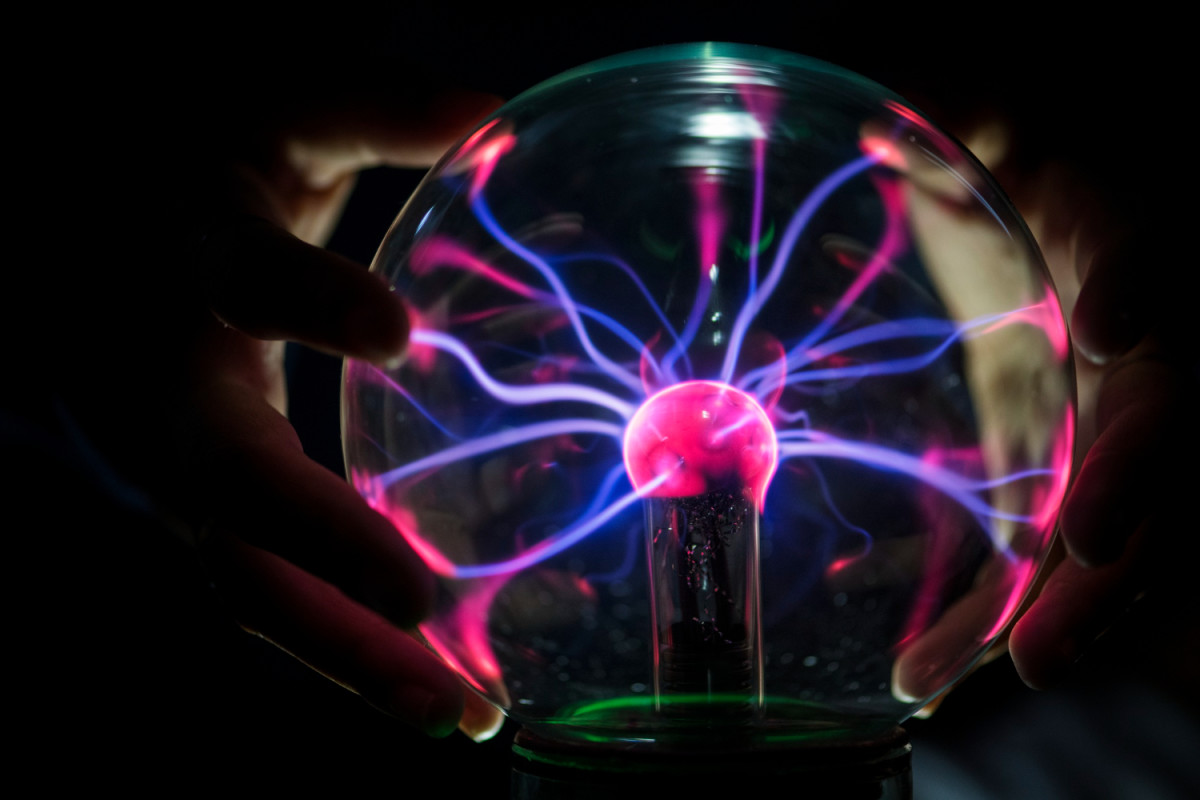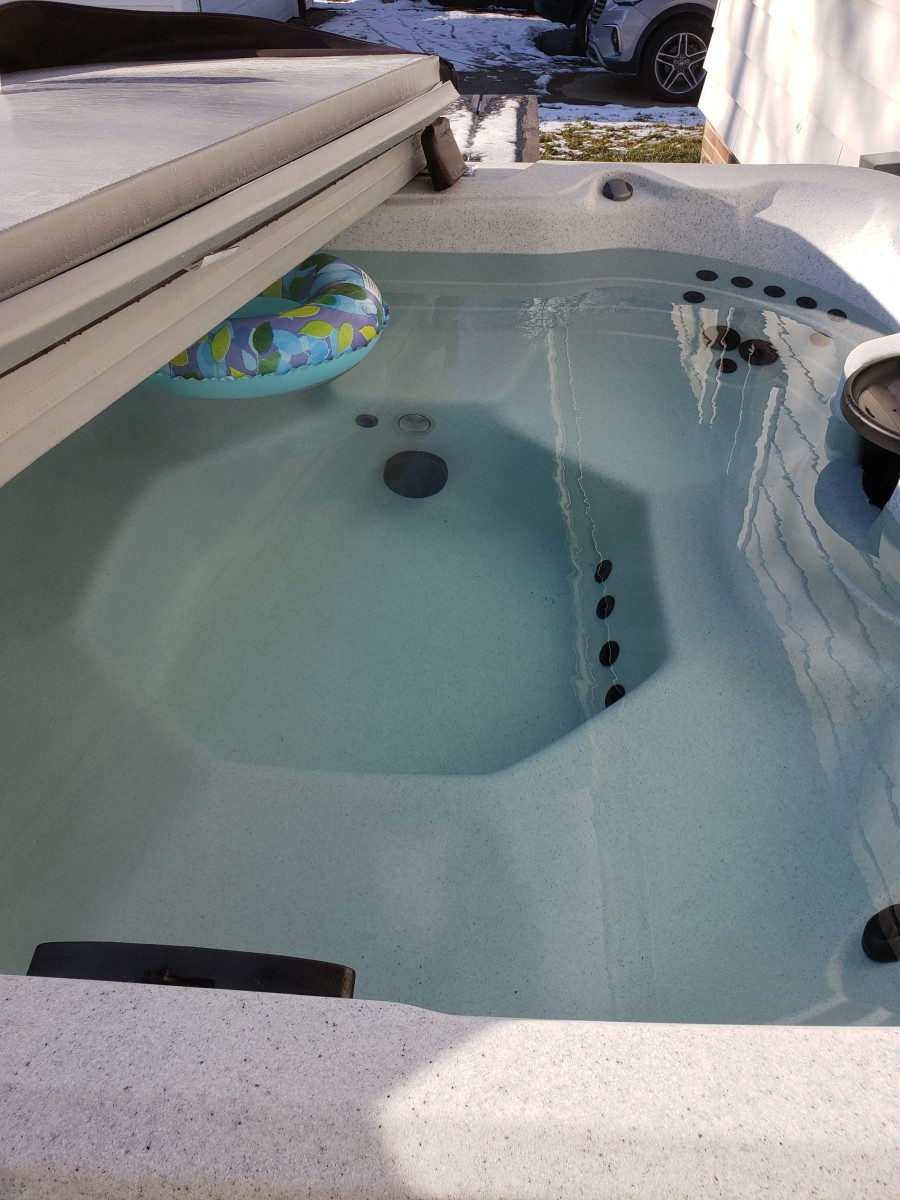Technical factors affecting economics of electricity supply
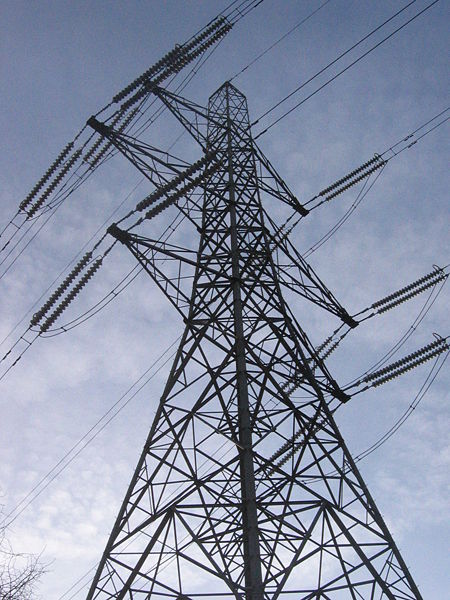
Session 1
Technical factors affecting economics of electricity supply
Contents
1.1 What is an electric power system? some technical considerations
1.1.1 Generation
1.1.2 Transmission
1.2 Distribution
1.3 Conclusion
Aim
The aim of this lesson is to teach you the various technical aspects related to Generation, Transmission and Distribution of Electricity.
Specific Objectives
At the end of this lesson, you will be able to,
1. Explain the different options of energy available for the generation of electricity and the various factors affecting the transmission and distribution of electric power.
2. Explain why high levels of voltage have to be used in the transmission of electric power.
3. Explain the restrictions in raising the transmission voltage to very high levels.
4. Explain the necessity of having several levels of voltage in distribution of electric power.
Introduction
The subject matter deals mainly with technical aspects of electric power utilisation but you will find that the discussion do not go deeply into theory, since our purpose here is to restrict the discussion to matters which have relevance to economics of electrical power.
You will realise why it is important to details such as different options of energy available for the generation of electricity, various costs incurred in the transmission and distribution of electric power etc.
Wherever possible, examples have been taken from our country and it has been endeavored to present such details as accurately as possible.
You are advised, however, to do some additional reading in order to learn some of the things we will be discussing in much more detail.
In an electric power system, the economic considerations are as equally important as all other technical aspects. It is of very little use for an electric power system, if it is to be dealt with very advanced technologically and not economically viable.
Let us take an example; supposing the entire electricity demand in our country is met by using the expensive gas turbine generators, the majority of the consumers will not be in a position to afford using electricity, since they will then have to pay a substantially higher electricity bill. (Say, as high as Rs.12/- per kilowatt-hour!). Electricity will then become a luxury, instead of a basic need.
1.1 What is an electric power system? Some technical considerations
In order to appreciate some of the arguments we will be discussing later, it is perhaps helpful, to give a brief description of the technical processes involved in the generation, transmission and distribution of electricity.
1.1.1 Generation
As you have already learnt, when a coil or loop of wire is moved through a magnetic field, an electrical potential is produced. An electrical generator consists essentially of a large number of coils that are move through electro-magnetic fields by rotation of the rotor, and the electricity produced in these coils is collected and brought to the out put terminals of the generator. The rotation of the rotor is produced by a ‘prime mover’. The prime mover is again a machine, which converts some other form of energy in to the rotational driving force required for the electrical generator, either within itself or in conjunction with an ancillary plant.
Let us briefly examine some of the frequently used prime movers. This is very often a turbine, in which the driving force is produced by the action of steam at very high pressures and temperatures (Normally in the rage of 1000 0F & 2500 p.s.i for 2600 MW Plant). The steam for driving the turbine is produced in a boiler where the water is heated up to raise high-pressure steam. Such turbines are refereed to as steam turbines. The heat energy required for this purpose is obtained from many sources. For example, in a coal-fired power plant, the source is coal. Such a system is economical especially in countries where coal is produced. Even in our country, which does not have coalmines, there will be coal-fired power stations running as base load plants before this decade is over. A major portion of the generation cost in such a power station will be the cost of coal and its transportation cost.
Another very commonly used source of heat energy is fuel oil (some time called furnace oil). In our country, we had two such plants operating at the Kelanitissa thermal power station, until very recently (2001).
Gas too is use as the source of heat in some countries This is not yet economically attractive in our country owing to its huge infrastructure capital cost component needed for gas storage facilities.
There are also gas turbine plants installed at Kelanitissa power station working on auto diesel fuel which is very expensive.
Furthermore the efficiency of gas turbine plants are lower compared to the diesel & Steam Plants. Combined cycle plants are basically the combination of Gas turbine & the steam turbine cycle. In combined cycle plants the exhaust of the gas turbine are utilized to produce steam. The steam thus produced to drive the steam generator. The efficiently of the plant is high compared to the diesel and steam plants. Therefore the cost of operation of the combined cycle is low compared to the gas turbine plants.
A very recent form of energy used to derive the heat energy required to raise steam is nuclear energy. Nuclear powered stations are being operated successfully in many developed countries as well as in some developing countries, despite the controversy it has given rise to the world over. Let us, however restrict our discussion to matters that provide us with the necessary technical background to the subject under consideration.
A couple of points that we should remember about the steam power plants are the low efficiencies they have and the high start up time.
Next to thermal energy, hydropower is widely used in the production of electricity. In this scheme, the generator is also driven by a turbine, but the rotational driving force is supplied by the action of falling water. If we are to be a little more technical on this explanation, we can say that, in this type of turbine, the potential energy of water stored is convert in to the rotational driving force by allowing it to flow through the hydraulic turbine. At this point, you may be inclined to think that, since the continuing water flow is produced naturally as a result of evaporation and rain-fall, the electricity generated using this method is virtually free. This, unfortunately, is not true, since hydropower schemes require the construction of extensive and costly civil engineering works to store and channel the water. This results in relatively high capital cost per unit of out put capacity, when compared, for example, to a conventional steam power plant using coal.
It is also important to mention at this point, that the construction period (lead-time) for hydro power plant is quite high compared to the other methods available. The time taken to put up a hydro power station is enormous and usually not less than seven years. However, hydropower remains the cheapest form of production of electricity owing to its long life cycle.
Some small electrical generating plants may also have internal combustion (IC) engines as prime mover. Gas turbines, also small by today's standard plant capacities, make use of aircraft type turbines engines as prime mover. These schemes have the advantage of low capital cost and comparatively short lead-time. However, when it comes to operation, they rank the highest, owing to the low fuel efficiencies and expensive fuel used. The above features make them ideal for peaking operations, i. e. to meet the changing additional demand when the system demand is at its peak.
1.1.2 Transmission
The electric energy generated at the power stations will have to be transported to points where it is utilised. Often, these points known as load centres are quite far away from the generating stations and the electric energy has to be transmitted over a considerable distance. If we take the case of our own country, most of the electricity is still generated at hydropower stations (coming under Laxapana and Mahaweli schemes), and major part of this energy is consumed in Colombo and other industrial areas, such as Katunayake & Biyagama far away from the generating stations.
Let us briefly examine some important points related to transmission of electricity.
Normally the electricity generated at relatively high voltages at various generators of the power stations is not suitable for direct use in most of the applications. These voltages usually lie between 10,000 and 20,000 volts (10 kV to 20 kV). However, since this energy has to be transmitted over a great distances, these voltage levels are too low for that purpose. Therefore, the voltage is usually raised to a higher voltage level by means of transformers, before transmission. This value was 132 kV in our country until very recently and since the amount of power transmitted has grown rapidly during the past few decades, this level has now been raised to 220 kV. There are some countries in the world, where the transmission voltage levels are as high as 1000 kilovolts (i.e1 million volts!). But, why is it that such a high voltage level is necessary for transmission?
The actual electric power is measured in watts and corresponds to the term 'horse power', with which some of us are more familiar. (One HP = 746 watts) Since watt is too small a unit for many purposes, the unit kilowatt (1kW=1000 watt) or sometimes megawatt (1MW = 1 million watt) is used. The electrical energy used is measured in kilowatt-hours. This is the unit of electric power consumption, and is the product of power or 'demand' in kW and time in hours. The power, measured in kW, gives the consumption rate while energy, measured in kWhr, gives the consumption. Coming back to our question, we know that in the process of sending electricity through underground cables or overhead conductors, losses occur, which are proportional to the square of the current flow. Consequently, for a given quantity of power, the higher the voltage, the smaller the current, and the smaller the current, the smaller are the losses incurred in transmission through a particular size of conductor. One can then ask why the voltage cannot be raised to a highest value as possible, thus reducing the losses to a minimum. This is where the economic consideration comes in to the picture. The higher the voltage, the more costly is the construction of overhead lines, cables, auxiliary equipment and insulation requirements. These costs must be balanced against the losses appear at low voltages owing to the large currents, or against the cost of larger conductors required to carry the huge current without an increase in losses. Thus, we see the limitations on the levels of voltage used in transmission.
The various line losses, together with losses of transformation from one voltage to another make up the bulk of the transmission and distribution losses in an electric utility. Much of the technical development and planning of the undertaking is concerned with minimizing the total cost of operation by balancing the costs of capital expenditure and losses to arrive at the most economical choice of voltages, conductor sizes and plants. The choice of voltage is also important in relation to the distance over which the energy is to be transmitted; the greater the distance, the higher the value of required voltage.
Transmission of electric energy does not involve only transmission lines; but involves elaborate means of interrupting the supply in the event of a fault as well, isolating the supply for maintenance purposes. This is achieved by the devices known as circuit breakers, which are similar in principle to simple on-off switches but much more complex in operation. There are also an isolating protective devices required for safety of personnel and equipment, and automatic facilities that permit rapid restoration of supply through the same or through alternative circuits routes in the event of a fault condition. Then there are the transformers. These equipment accounts for a substantial part of the cost and space requirement of a switching station. Economical considerations are therefore of prime importance, in selecting various switchgear and associated equipment since it helps to bring down the overall cost of the power system.
1.2 Distribution
The main level of voltage at which the transmission is done will frequently be a network of high voltage overhead transmission lines, which connect together various power stations and load centers. This network operating at very high voltage is referred usually as the 'grid'. At main points where electricity is required in sufficient quantities, it is tapped off from the main transmission network or the grid, at substations, where the voltage level is reduced to lower values using transformers. Bulk supply consumers generally take the supply at high voltage level and they are responsible for subsequent transformation to those voltages at which they require to use the electricity.
Reducing the voltage can take place in several steps, which ultimately yields to the consumer voltage level, which in our country is 400 V (or 230 V single phase). From each substation a network of transmission lines and cables will radiate to further substations which transform the electricity to successively lower voltages, with an increasing number of successively smaller consumers taking the supply at various voltages, until the lowest supply voltage is reached, at which domestic as well as large proportion of commercial and industrial demand is supplied. At each voltage transformation point, and at most supply points to individual consumers, there are additional safety and protective devices, which involve further capital expenditure.
1.3 Conclusion
We have discussed various technical aspects relating to generation, transmission and distribution of electric energy. These definitely have a bearing on costs, among which the sources of primary energy are of prime importance. We were also able to identify various cost components in an electric power system, for such a system to be technically feasible.
Electrical energy is a crucial form of energy in the world today. In the past, the convenience and relatively low price in most countries helped to promote the use of electricity. As electricity and other energy prices are rising, however, the growth rate of electricity demand is unlikely to accelerate.
In the next section, we shall discuss many consideration involved with electricity pricing in detail.
Self-assessment questions
1. Discuss merits and de-merits of various options of energy available for the generation of electric energy.
2. Use of thermal power plants will be a major contributory factor towards the present energy crisis in the world. Why?
3. Explain why very high levels of voltages have to be use in the transmission of electric power.
4. What restrictions are there for raising the transmission voltage to very high values?
5. Why is it necessary to have several levels of voltage in the distribution of electric power?
Answers
1. See section 1.1.1
2. See section 1.1.1
3. See section 1.1.2
4. See section 1.1.2
5. See section 1.1.3

